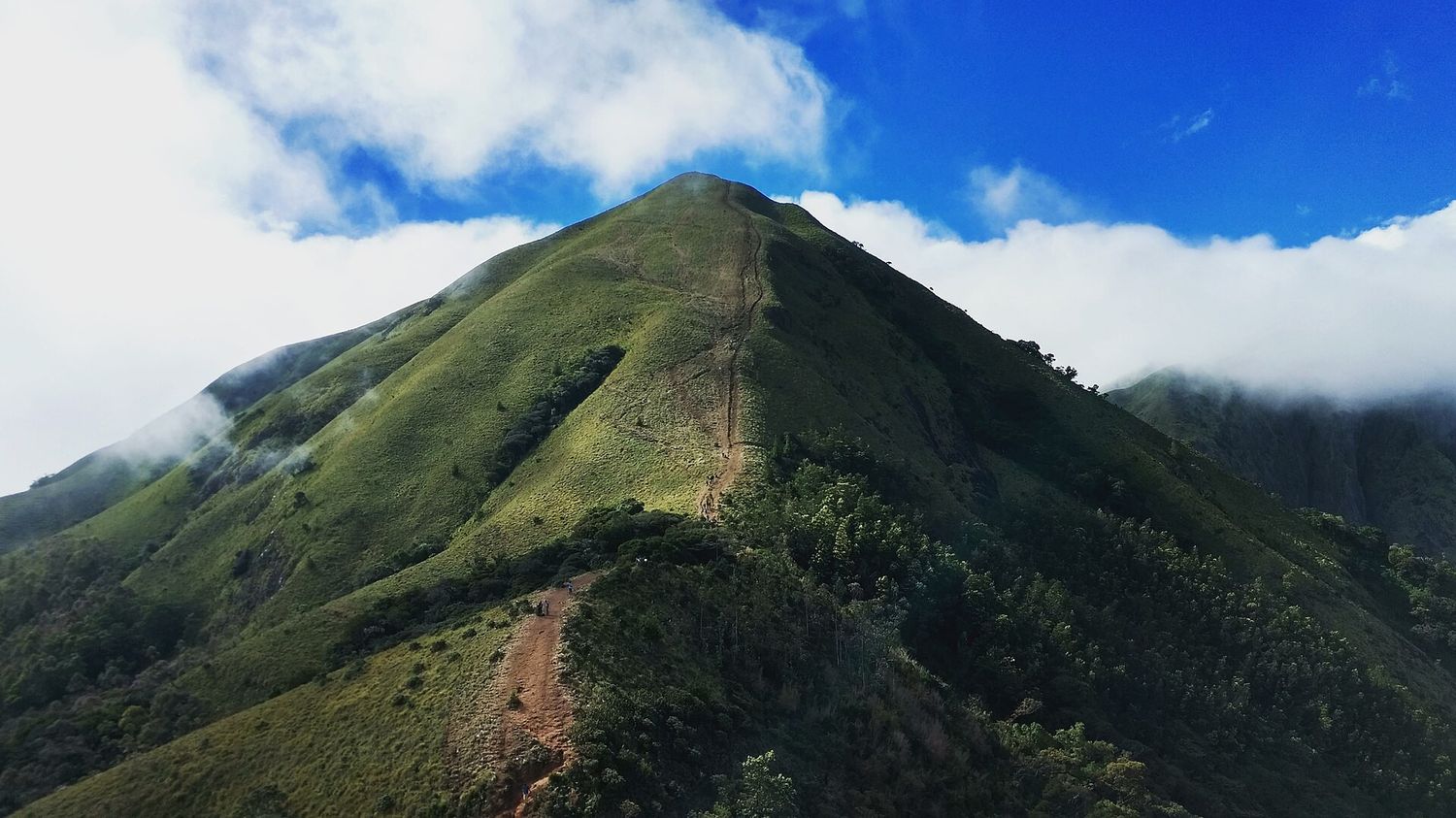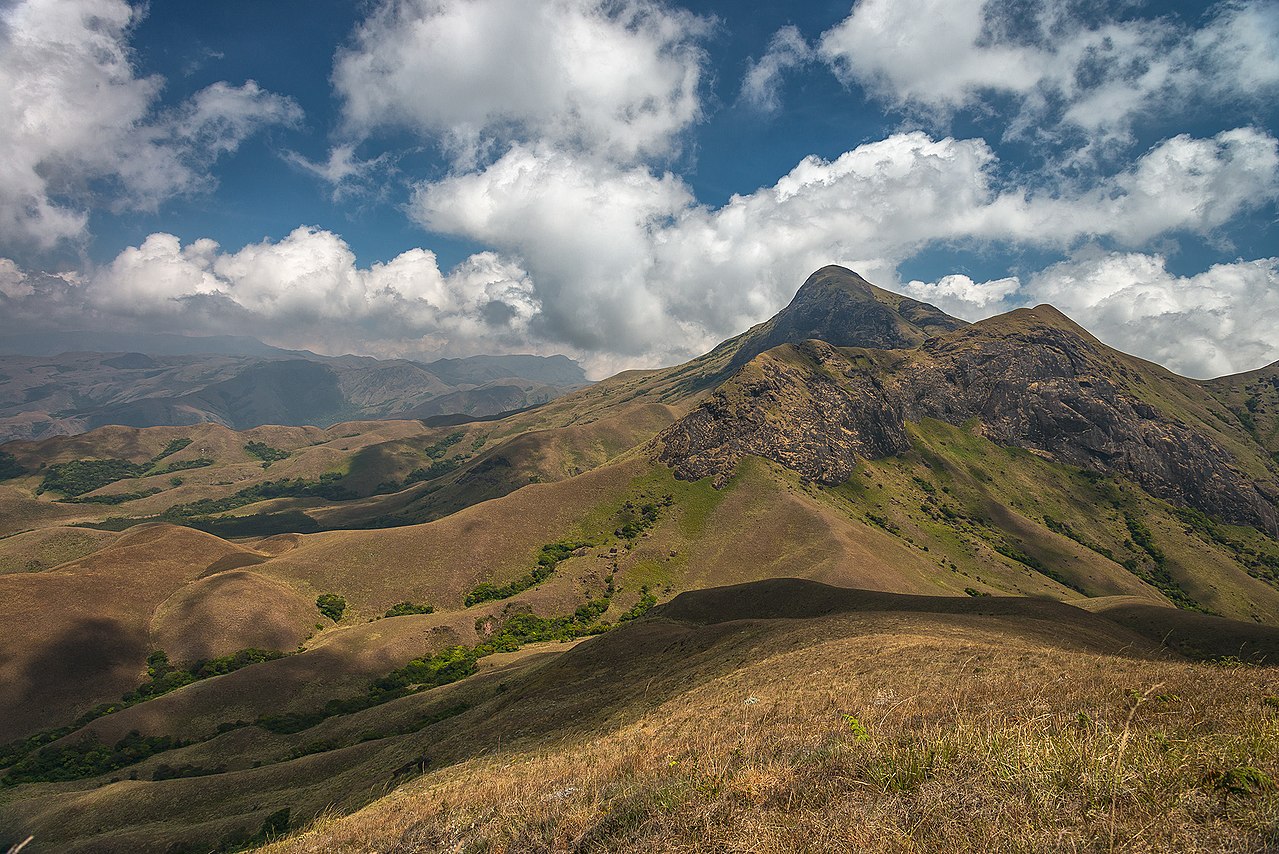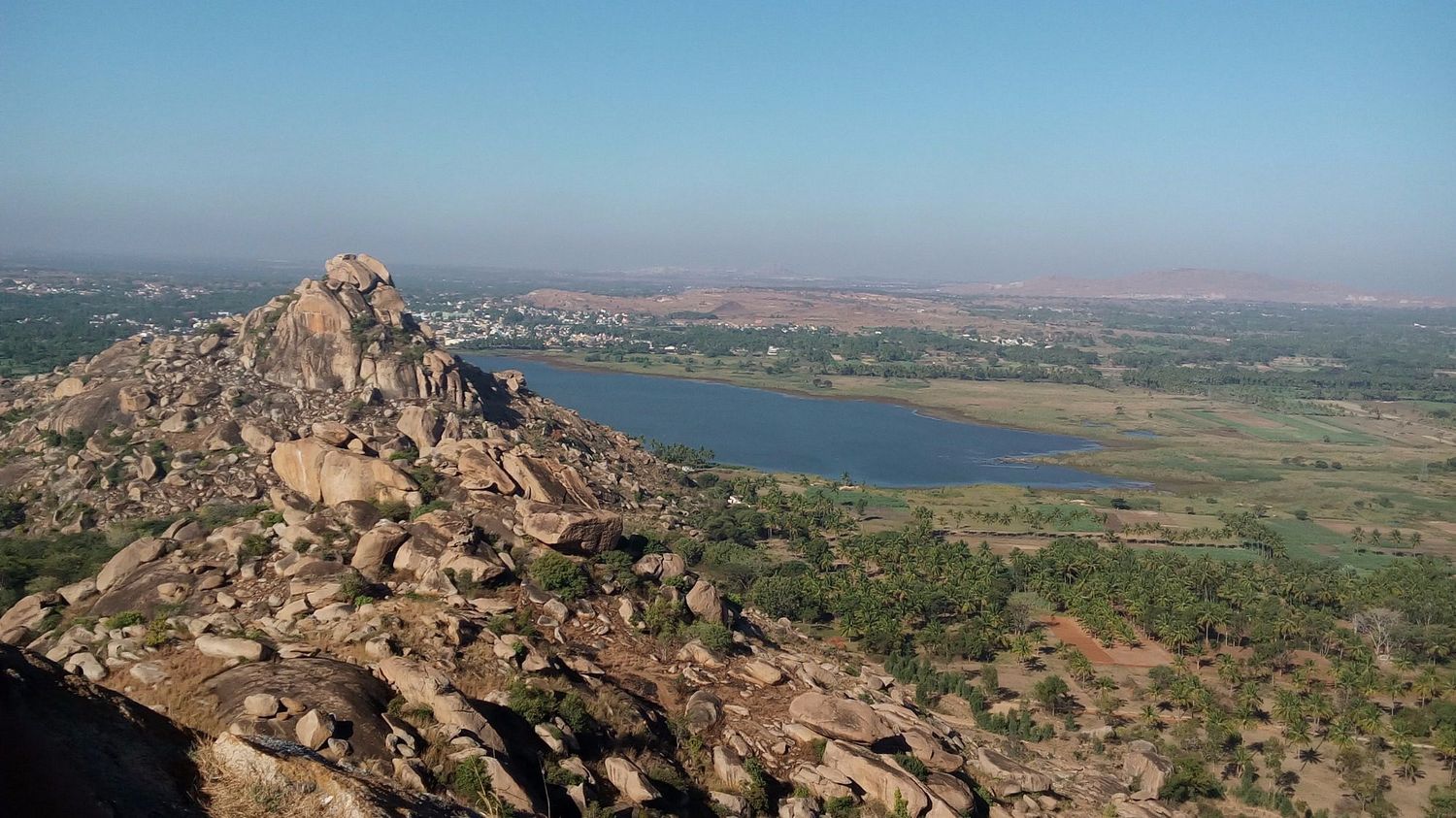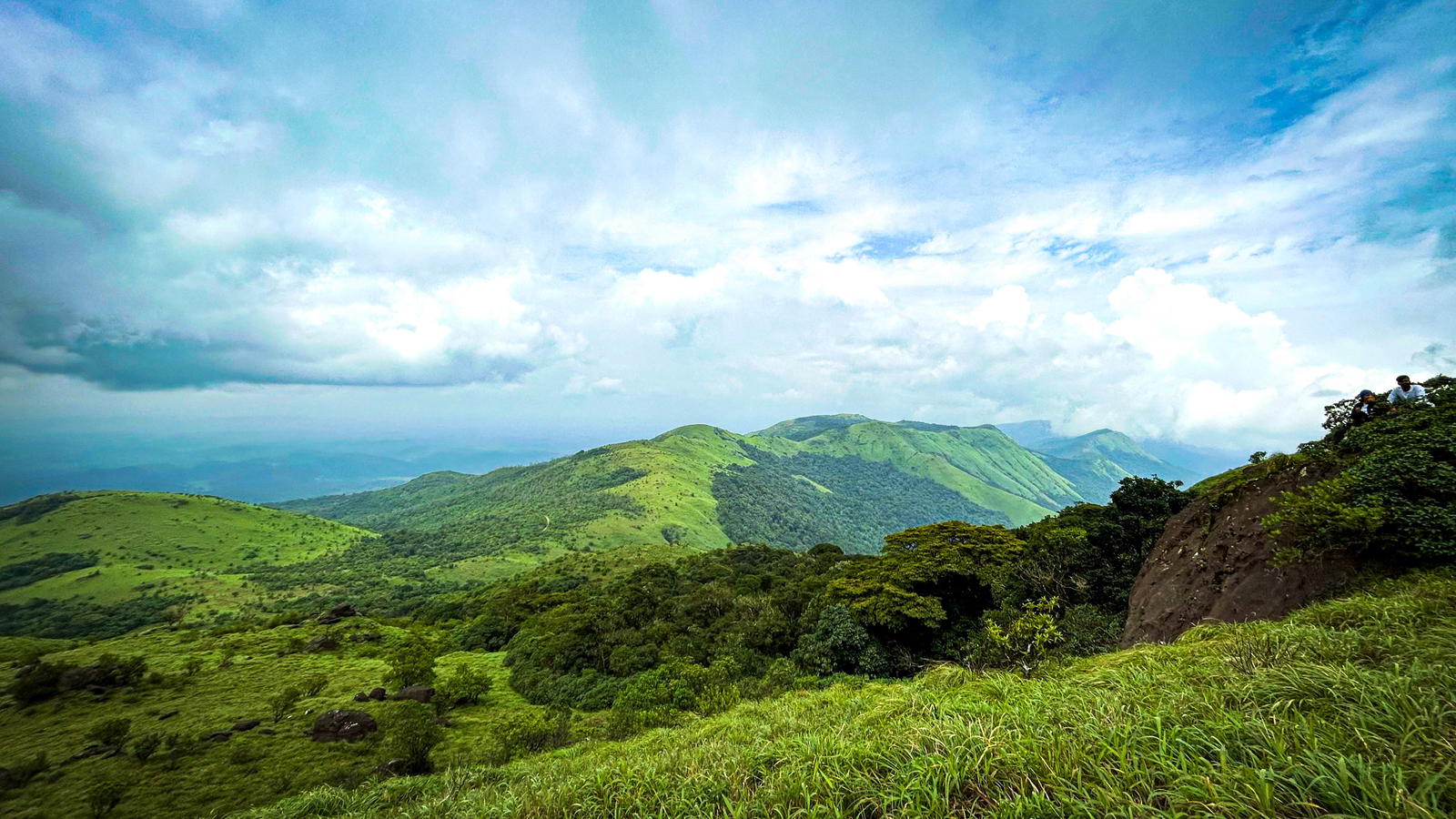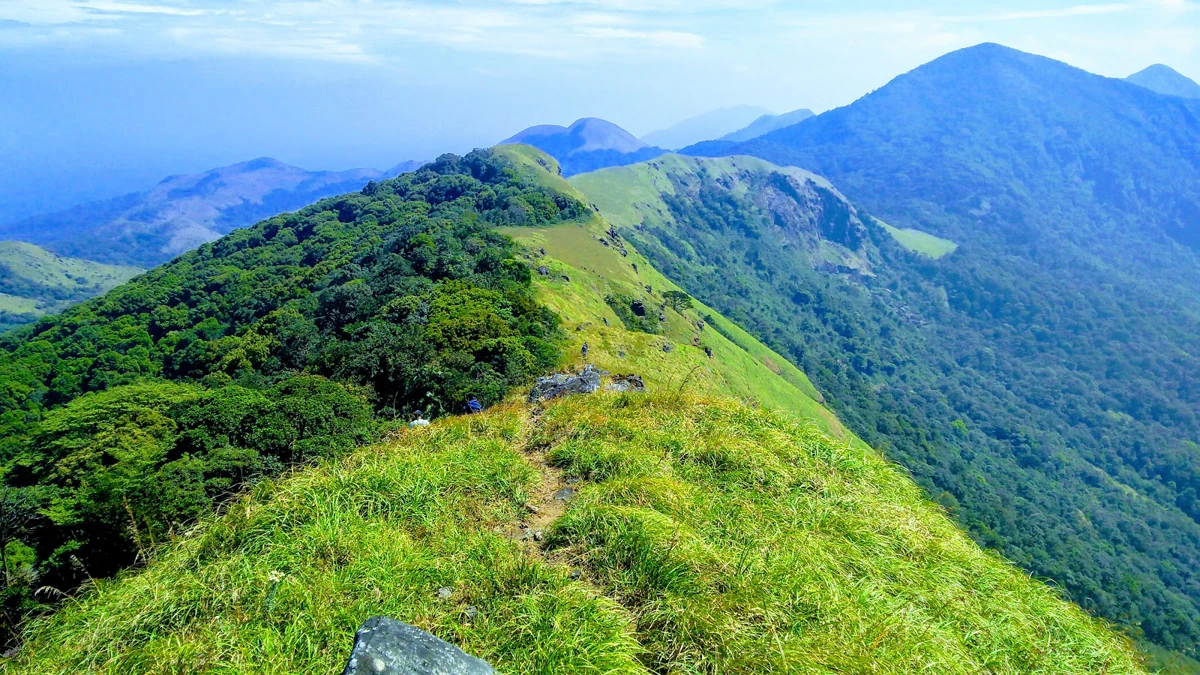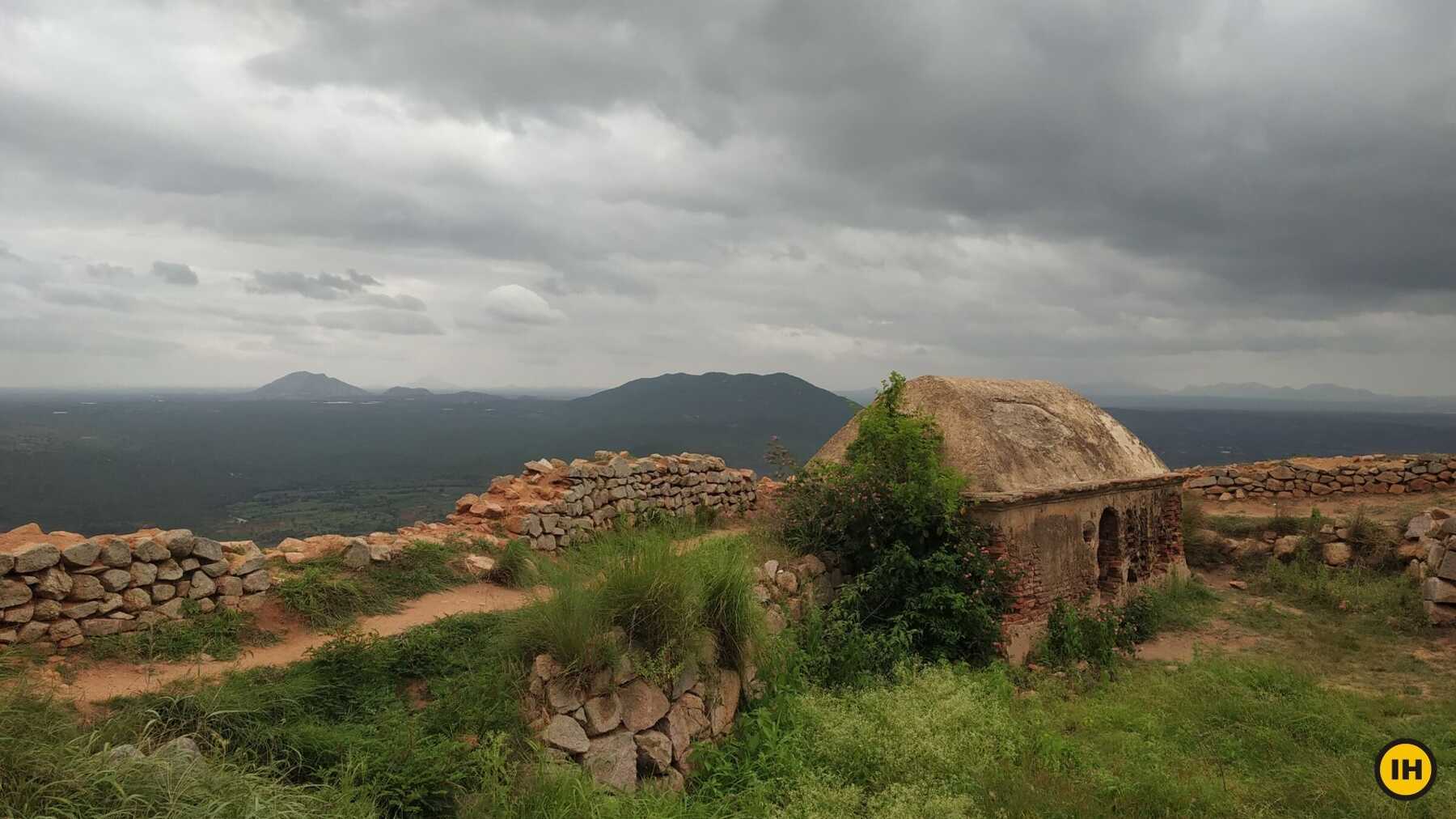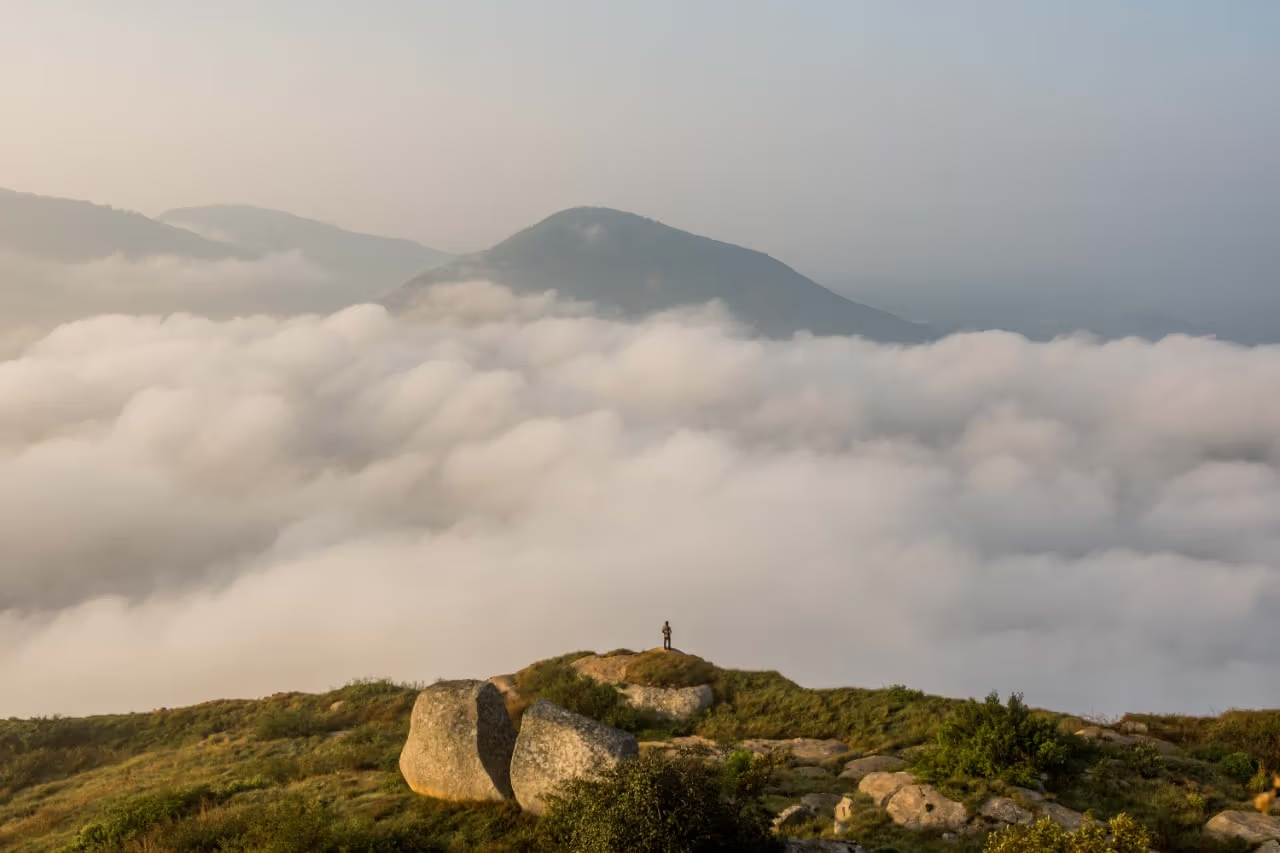Meesapulimala Trek: Walking Above the Clouds
The Meesapulimala Trek is one of the most enchanting experiences in Kerala’s Western Ghats. Standing at 8,661 ft, Meesapulimala is the second-highest peak in South India after Anamudi. The trek takes you through rolling tea plantations, dense rhododendron forests, and open grasslands with breathtaking ridge walks. What makes Meesapulimala special is the chance to walk above the clouds, with mist-covered valleys stretching endlessly below. Accessible yet dramatic, this trek is a perfect choice for beginners and nature lovers alike.
The Ridge Walk Experience
The highlight of Meesapulimala is its ridge walk, offering 360° panoramic views of the Nilgiri ranges, Kolukkumalai tea estate, and the distant plains of Tamil Nadu. Trekkers often witness the magical sight of a sea of clouds, making this trek a photographer’s paradise.
Flora and Fauna
The trek route passes through the Shola forests, home to unique plants and wildlife. Trekkers may spot Nilgiri tahr, sambar deer, and a wide variety of bird species. Seasonal rhododendron blooms add vibrant colors to the landscape.
Highlights of the Trek
- Second highest peak in South India
- Stunning ridge walk above the clouds
- Views of Kolukkumalai and Western Ghats
- Dense Shola forests and wildlife spotting
- Beginner-friendly and accessible from Munnar
